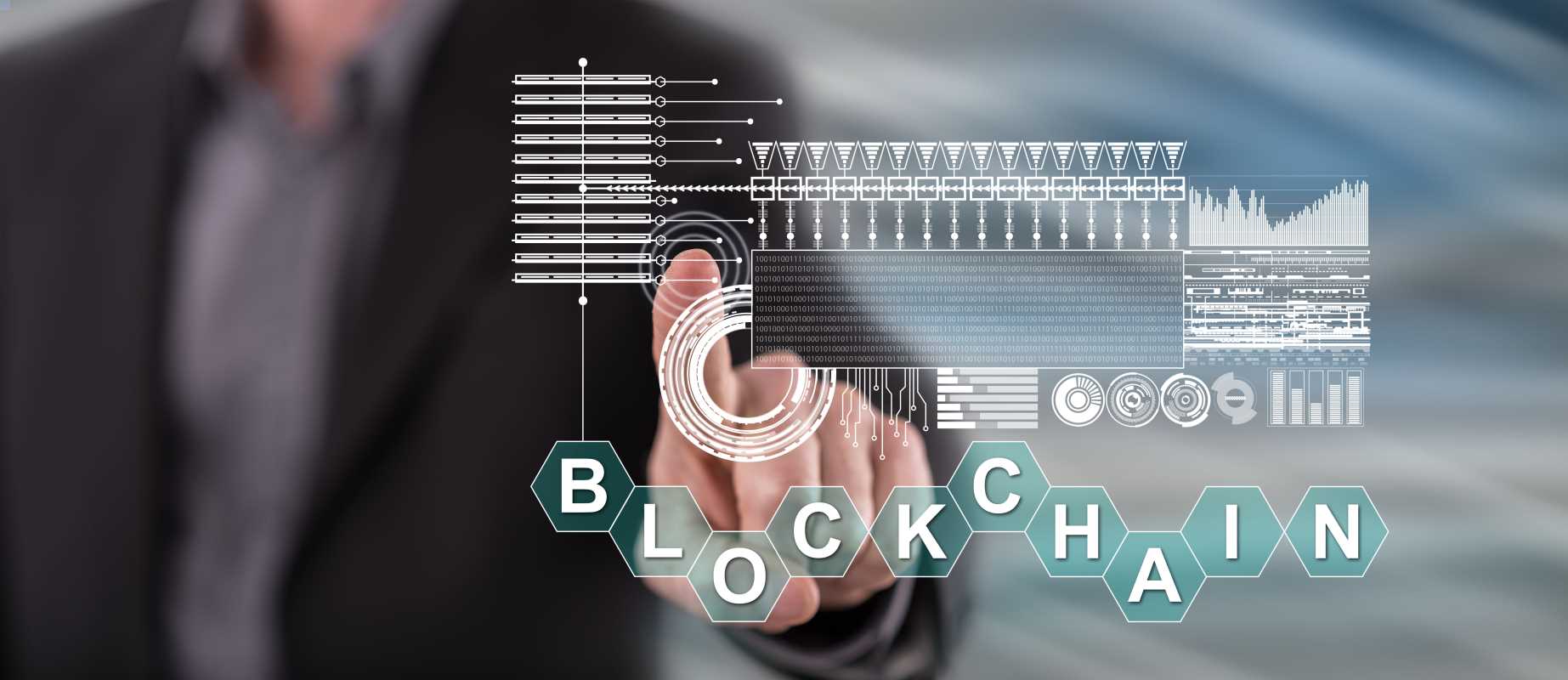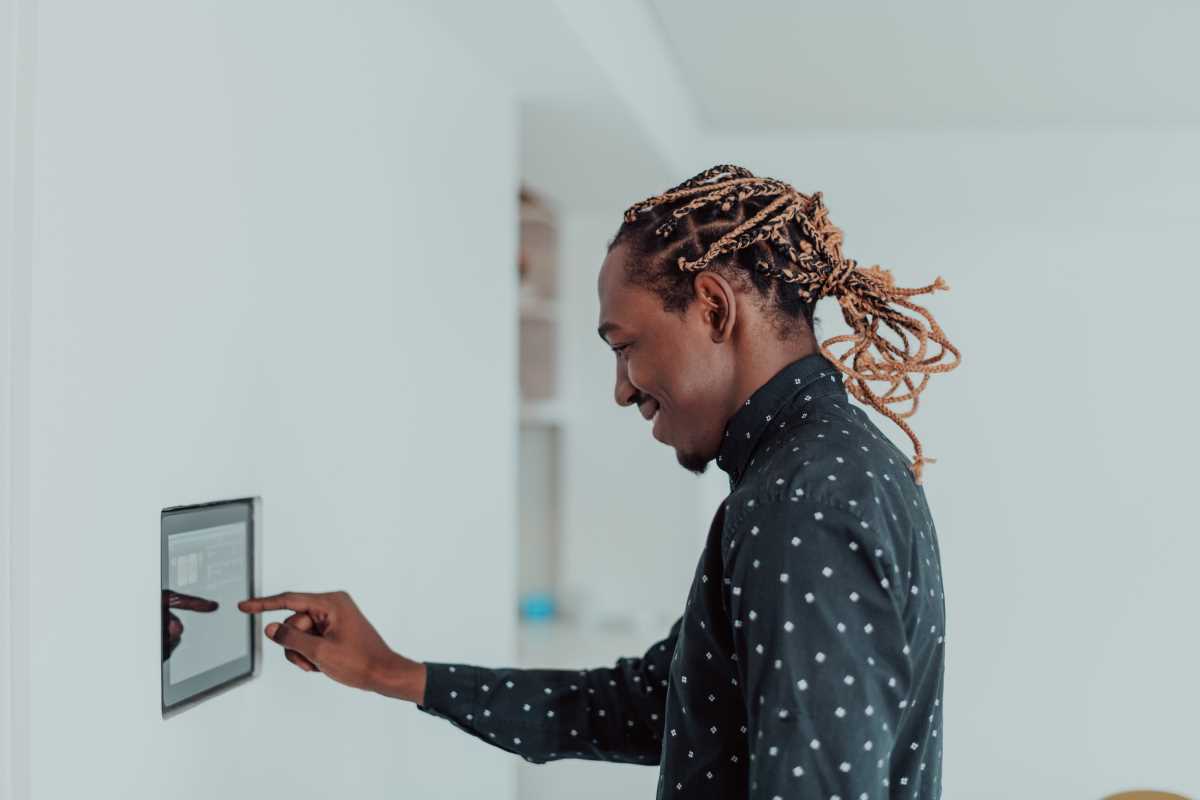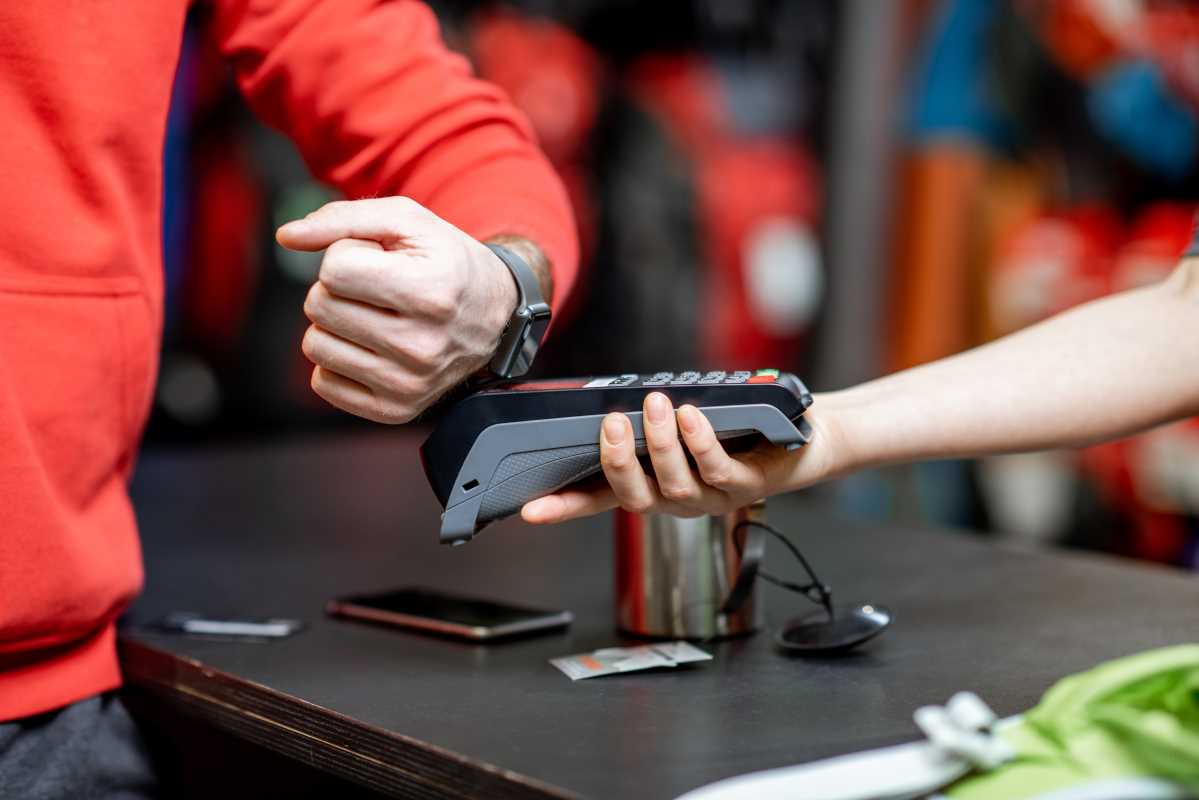If you’ve heard of blockchain, chances are it’s been in the context of cryptocurrency. After all, blockchain is the technology that powers digital currencies like Bitcoin and Ethereum. But blockchain is much more than just the backbone of crypto. Over the years, innovators have found ways to use blockchain in a variety of industries, solving problems and creating efficiencies that go far beyond digital money.
From supply chain management to healthcare, this fascinating technology is transforming how organizations work. But what exactly is blockchain, and how can it be applied in these real-world scenarios? Don’t worry if the concept sounds complicated. We’ll break it all down into simple terms and explore how blockchain is shaping the world beyond cryptocurrency.
What is Blockchain, and How Does It Work?
To understand how blockchain is being used, it’s helpful to first grasp the basics of how it works. Blockchain is essentially a digital ledger, or record-keeping system, that is decentralized and transparent. Instead of being stored in one central location, copies of the ledger exist across many computers, known as nodes, in a network.
Here’s the cool part: when someone adds new information to the blockchain, it’s grouped into a “block,” which is then linked to the previous block. These connections create a chain of blocks, hence the name “blockchain.” Once a block is added, it can’t be changed without approval from the entire network, making the system incredibly secure and difficult to tamper with.
Blockchain’s main appeal is its ability to ensure transparency, security, and efficiency. These qualities are why this technology has been adopted for so many other uses besides cryptocurrency.
Revolutionizing the Supply Chain
One of the most impactful uses of blockchain outside of cryptocurrency is in supply chain management. A supply chain is the series of steps involved in producing and delivering goods, from raw materials to the finished product. However, supply chains are often complex, involving numerous organizations, countries, and regulations. It can be difficult to track products or verify that certain standards are met.
Blockchain helps solve this by providing a transparent and permanent record that keeps track of every step in the chain. For example, a grocery store could use blockchain to ensure the produce it sells is fresh and ethically sourced. The technology can document every stage of the food’s journey, from the farm to the store shelf. If an issue arises, such as contaminated produce, companies can quickly identify where the problem started and respond effectively.
Walmart, for instance, is already using blockchain to track food products. By scanning a product’s QR code, the company can instantly see a complete history of its supply chain, ensuring safety and quality for consumers.
Enhancing Healthcare Systems
Blockchain has also made its way into healthcare, improving the way patient information is managed. Medical records are often scattered across different hospitals and clinics, making it difficult for both patients and providers to access important data when needed. Blockchain can create a single, secure platform where patients’ medical histories are easily available, while still respecting privacy.
For example, if you’ve visited multiple doctors or specialists, blockchain could consolidate your records in a way that only authorized parties could access. This reduces the risk of errors, duplicate tests, or miscommunications between providers. Blockchain also ensures the integrity of sensitive information, as its security features make hacking or unauthorized changes nearly impossible.
Further uses include tracking the supply chain for pharmaceuticals. Counterfeit drugs are a widespread problem, but blockchain can confirm the authenticity and origin of medicines, keeping patients safe.
Transforming Real Estate Transactions
The real estate process is often complicated, involving reams of paperwork and third-party intermediaries like brokers and mortgage companies. Blockchain simplifies this by digitizing key processes and eliminating the need for some middlemen.
For instance, blockchain can be used to record property ownership and sales transactions. Instead of relying on physical deeds or title registries, this information can be stored securely on a blockchain. Buyers and sellers can complete transactions faster, with less risk of fraud or disputes over property ownership.
Smart contracts, a feature of blockchain technology, also play a key role here. These are self-executing contracts where the terms are written into code. For example, a smart contract could automate the transfer of funds and ownership once the conditions of a sale are met. This reduces the potential for disputes and speeds up the buying process.
Creating Transparency in Voting
Blockchain is even being tested in voting systems. One of the biggest challenges in elections is ensuring transparency and trust while also preventing voter fraud. Blockchain addresses this by creating an unchangeable, secure record of all votes that can be verified independently.
Through blockchain-based voting systems, voters could cast their ballots online, and each vote would be recorded in a tamper-proof digital ledger. This system not only ensures the accuracy of election outcomes but also increases accessibility, allowing more people to participate in elections from wherever they are.
Countries like Estonia have already experimented with using blockchain for certain aspects of their electoral processes, showing the potential for this technology in modern democracy.
Protecting Intellectual Property
Creative professionals like writers, artists, and musicians often struggle to control and protect their work in a digital world where content can be copied or shared without permission. Blockchain offers a way to safeguard intellectual property by securely recording ownership on an immutable ledger.
For instance, a digital artist could register their artwork on a blockchain to prove authenticity and establish ownership. This can be especially useful for preventing art theft in the booming market of non-fungible tokens (NFTs), which are unique assets stored on blockchain.
Additionally, blockchain allows creators to distribute their work directly to consumers, cutting out intermediaries who often take a percentage of profits. Musicians, for example, can use blockchain to sell their tracks directly to fans, ensuring they receive fair compensation.
Streamlining Charity Giving
Donating to charity should be simple, but sometimes it’s hard to know where your money is going and whether it’s being used effectively. Blockchain can bring much-needed transparency to the nonprofit world by tracking every transaction and ensuring funds are spent appropriately.
Platforms built on blockchain can show donors exactly how their contributions are being used, building trust between organizations and their supporters. For example, if you donate to a fund for building schools, blockchain can confirm that your money goes directly to that project. This reduces the chances of mismanagement or fraud and encourages more people to give.
 (Image via
(Image via





